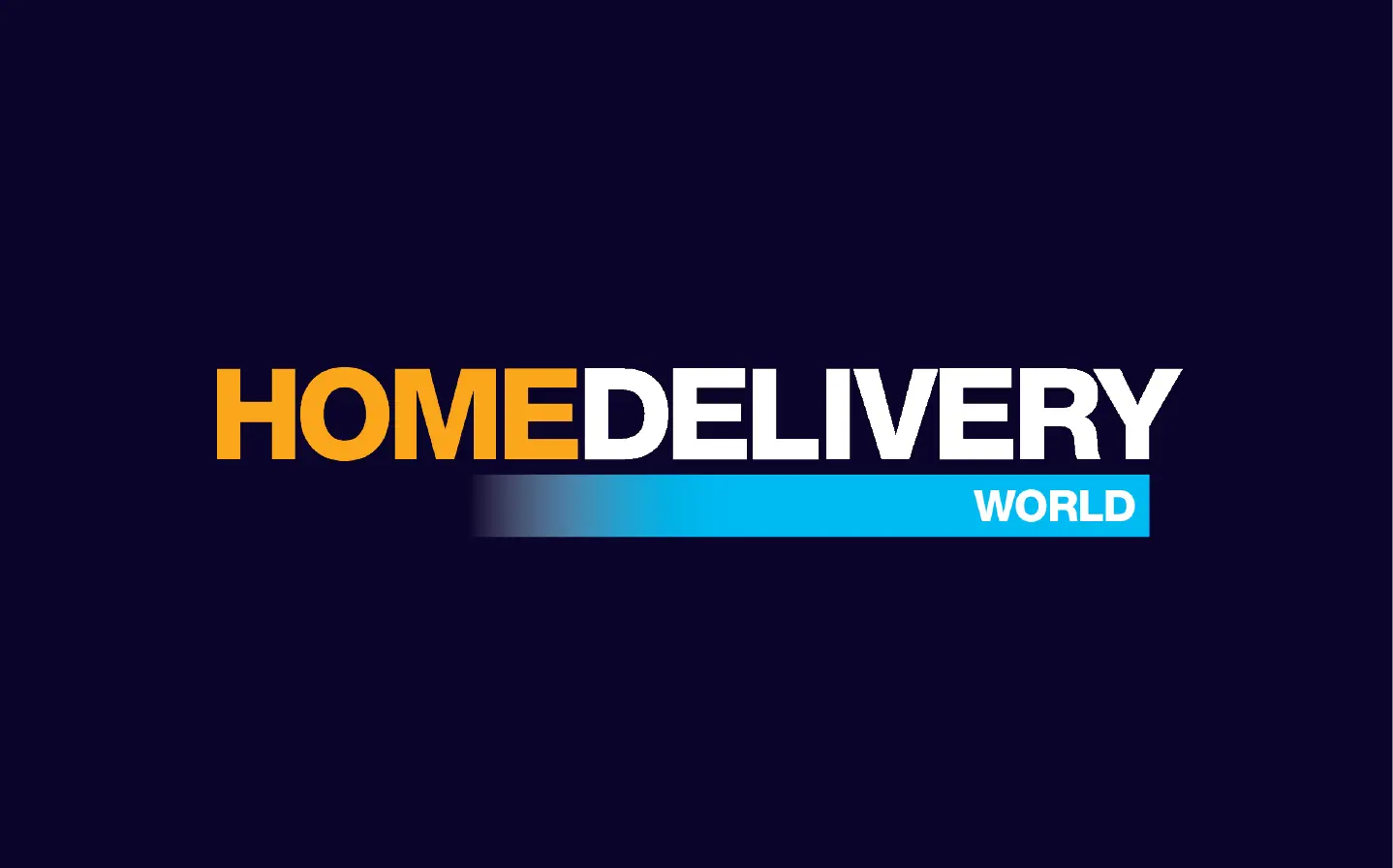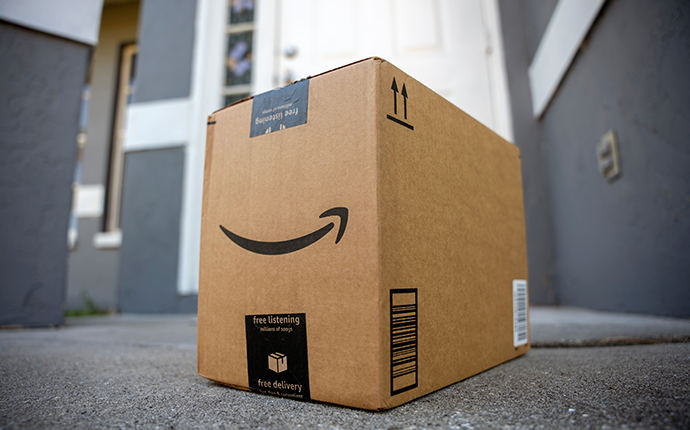What is the total landed cost?
Total landed cost or true cost refers to the sum of all expenses related to the manufacturing and delivery of products to the customer.
The total landed cost of a product includes the sourcing and production costs, transportation costs, customs duties, crating, handling fees, currency conversion, insurance, and payment processing fees, among others.
This helps businesses accurately calculate unit cost and profit, plus identify areas to cut expenses and save money.
Accurate landed cost calculation is necessary for successful international shipping. A miscalculation or failing to account for certain costs such as customs duty, currency conversion, or port charges can lead to transactions where profits are erased.
For example, let’s say you order 100 units of toy cars from suppliers located in two different countries.
Supplier 1 located in country A charges $30 per unit and a flat shipping rate of $500.
If you expect to sell one toy car for $60, your total profit for the shipment is:
Total profit = ((60 – 30) x 100) – 500
= $2,500
On the other hand, Supplier 2 located in country B charges $32 per unit and a weighted shipping rate of $350:
If you expect to sell one toy car for $60, your total profit for the shipment is:
Total profit = ((60 – 32) x 100) – 350
= $2,450
Based on price difference and shipping fees alone, supplier 1 seems to be the better deal, offering $50 more profit than supplier 2.
Next, let’s factor in import duty rate and insurance fees using the landed cost formula:
Landed cost = cost of goods + shipment cost + customs duty + insurance fees
Import duty rates for country A and B are 5% and 0% respectively. Similarly, insurance fees for supplier 1 and supplier 2 are $10 and $12 respectively.
Landed cost per unit for supplier 1 = $30 + ($3,000 / 500) + (5% x 30) + 18 = $55.50
The total landed cost per unit is $55.50.
If you sell each unit for $60, your profit margin is $4.50 and your total profit is $450.
Landed cost per unit for supplier 2 = $32 + ($3,000 / 350) + (0% x 30) + 12 = $52.50
The total landed cost per unit is $52.50
If you sell each unit for $60, your profit margin is $7.5 and your total profit is $750.
After factoring in extra costs (customs duties and insurance fees), supplier 2 turns out to be the better sourcing option offering $300 more profit than supplier 1.
The importance of accurate cost calculation is clear from the above example. Miscalculating or failing to assign certain costs can lead to businesses missing out on profitable opportunities. Even worse, these costs can sometimes add up to turn a seemingly profitable transaction into a loss for shippers.
Factors that affect total landed cost
Many of the factors affecting the total cost of a product, such as currency exchange rates, freight costs, customs fees, and risk of supply chain disruptions are outside of the shipper’s control.
You can make better business decisions by identifying and assigning all the costs incurred in the supply chain, including total landed costs. This enables you to identify sustainable sourcing partners, improve shipping efficiency, and avoid the costs of poor quality.
Below are some factors that can affect total landed costs that companies should keep in mind.
Shipping costs
Shipping is the major driver of cost when calculating your landed cost. Estimating eCommerce shipment costs is a difficult but crucial step for success. You need to accurately calculate the unit cost of getting the package from the shipping carrier to the end customer.
Shipping costs vary depending on a number of factors, including packaging, crating, shipment types, carrier costs, delivery surcharges, handling, and more. For example, FedEx and UPS calculate parcel rates based on factors such as dimensional weight, final destination of the cargo, and the mode of shipment selected.
Similarly, if you use multiple modes of transportation (truck, rail, plane, or ship), you’ll also need to incorporate them in the landed cost calculation. Most freight forwarders charge a flat fee that includes handling fees, international shipping, and road or air-based freight shipment.
Customs and import duties
You need to ensure that you understand all the costs, charges, and fees that are involved in international shipping so that you don’t incur costs that you failed to consider.
Exporters and importers pay fees for cross-border shipments in the form of customs duties, value-added tax, tariffs, and levies. These fees are calculated based on the cost of the products, insurance, taxes, and regulatory fees.
The total landed cost is also affected by whether the seller or the customer agrees to pay duties. Similarly, tax policies of the destination country may offer tax relief to the importer at the customs clearance, helping reduce the total landed cost of shipment.
Insurance and compliance
Although freight carriers include a minimum amount of liability insurance in the shipping cost, the coverage is insufficient to fully cover your losses. You can protect yourself against cargo damage theft or damage with cargo insurance.
Exporters and importers can choose to obtain cargo insurance through the shipping carrier or an insurance company.
In addition to this, there are other costs associated with ensuring compliance with ever-changing international trade regulations and maintaining high-quality standards. These costs should be incorporated into the total landed costs.
Sifted’s shipping solutions help with parcel shipping, and you can get a shipping health score with insights into how to improve it.
Sifted Insurance is another available add-on that offers a better payout compared to other carriers in the case of lost or damaged packages.
Handling and payment processing fees
Merchants exporting cargo through shipping providers need to calculate handling and payment processing fees and factor them into the landed cost. Alternatively, you’ll get these fees included in the shipping costs quote if you hire a freight forwarder company.
Landed cost calculations in practice
Let’s look at the formula for landed cost calculation:
Landed cost = cost of goods + customs duty + shipping fee + risk + overhead
Suppose you order 500 units of rechargeable battery packs from suppliers located in two different countries.
Supplier 1 is located in country A:
- Charges $10 per rechargeable battery pack
- Import duty rate at 20%
- Insurance at $5 per unit
- Payment processing fee at $2 per unit
- Flat rate for international shipping at $300
Landed cost = cost of goods + customs duty + shipment cost + risk + overhead
Landed cost = $10 + (20% x 10) + ($300 / 500) + 5 + 2 = $19.60
The total landed cost per battery pack is $19.60.
If you sell each battery pack for $25, your profit margin is $5.9 and your total profit is $2,950.
Supplier 2 is located in country B:
- Charges $12 per rechargeable battery pack
- Import duty rate at 25%
- Insurance at $5 per unit
- Payment processing fee at $1 per unit
- Shipping rate is calculated based on weight at $250
Landed cost = cost of goods + customs duty + shipping fee + risk + overhead
Landed cost = $12 + (25% x 12) + ($250 / 500) + 5 + 1 = $21.50
The total landed cost per battery pack is $21.50.
If you sell each battery pack for $25, your profit margin is $5.2 and your total profit is $2,600.
Here, supplier 1 turns out to be the better sourcing option offering $350 more profit than supplier 2.
Keep in mind that you’ll also need to incorporate other costs including handling fees, harbor fees, brokerage fees, and fob (free on board) prices in the total price as you work out your safety stock levels and estimate the profitability of a product.
Why eCommerce businesses need to calculate landed cost
According to a Wells Fargo International survey, 87 percent of U.S. businesses believe that international expansion is necessary for long-term growth. If you run an eCommerce business, you should know exactly how much it costs to ship your products internationally.
Landing cost calculation is the most common method for calculating profit margin and performing cost analysis. It allows online stores to display final prices (total landed cost) of ordering a product from abroad, resulting in positive customer experiences.
Here are the some of the most common reasons why landed cost calculation is crucial for eCommerce businesses:
Accurate budgeting
Total landed cost calculation helps merchants and retailers who import goods budget accurately and ensure profitability.
It is essential for any business involved in global trade. Total landed cost calculation is the most common method for determining the true cost of a product as it considers all the costs associated with shipping a product, including raw materials, freight charges, taxes, warehousing, and customs brokers fees.
Insight into the supply chain
Total landed cost calculation is used to identify hidden costs throughout your supply chain. This information can help you see the different costs involved in sourcing material and identify areas where you can save resources. These insights can be used to identify cost-trade offs, eliminate waste, and improve supply chain efficiency.
Make informed business decisions
Landed cost calculation gives you access to both obvious and less apparent costs associated with shipments, ensuring that you don’t ignore any unexpected costs. This information is particularly useful when you’re doing due diligence with suppliers, and allowing for more accurate reporting and budget estimates.
The lowest-priced products are not always the best deals in international trade. Factors like customs duty, currency conversion, and taxes can significantly change price estimates. Analyzing your landed costs can help you realistically assign prices for imported products, optimize shipping expenses, and measure business performance.
When you know the true cost of your products, you’ll be able to remove the guesswork in decisions, better manage supply chain risk, and protect your business’ reputation.
Accurately calculate the total landed cost with Sifted Logistics Intelligence
Most shippers don’t have the time, resources, or data available to calculate the total landed cost. Moreover, the data for TLC needs to be constantly updated to ensure that decisions are made based on the latest available data.
Sifted’s software gives great insight into calculating some ofthe different factors that affect landed cost, to help businesses identify cost components associated with shipments including storage charges, shipment fees, cost of transit goods, insurance, and quality control costs.
Sifted’s Logistics Intelligence gives shippers the tools they need to get complete visibility into any obvious and hidden costs.
Merchants and retailers use Sifted to reduce stress and accurately calculate landed costs. Get a free demo from Sifted!











